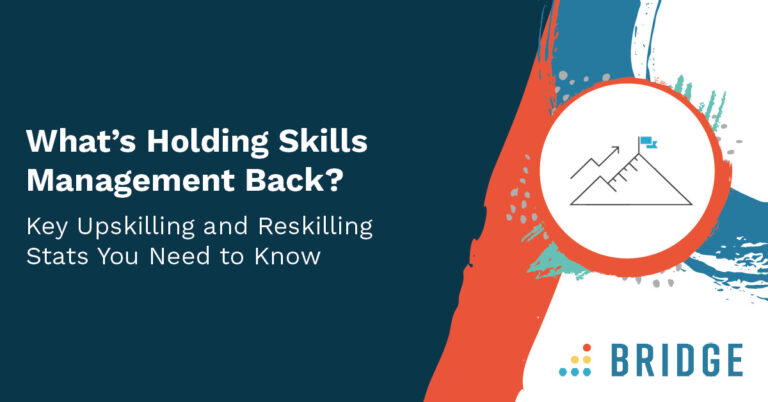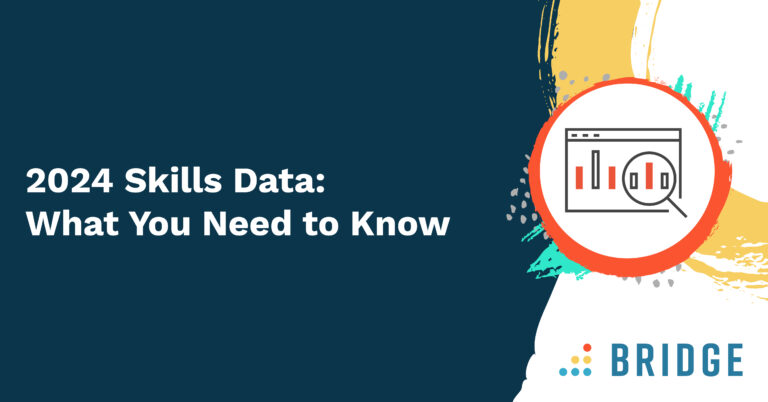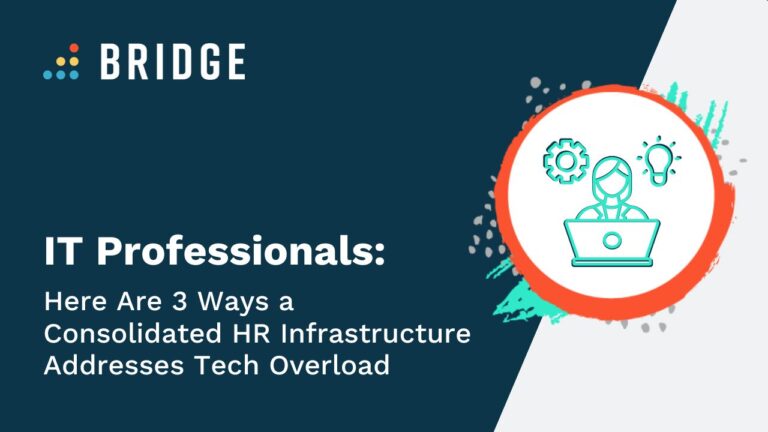We’re on a mission to end silos of learning and performance
A quick web search will reveal that learning and performance platforms are incredibly unusual as an intertwined combination. It’ll also indicate that those that exist still separate learning and performance as somehow two completely unrelated things. And therein lies a problem: learning and performance cannot and should not be separated.
Silos of learning and performance
A recent survey by the Human Capital Institute revealed that 75% of leaders say that learning and performance are treated as two separate functions in their organization. That means that most organizations are missing the enormous benefits of bringing these two functions together to not only be best buddies, but be so integral to every aspect of day-to-day organizational life that the word ‘seamless’ is applicable.
Given that this approach is cutting edge, you need convincing about why learning and performance should, most definitely, be two sides of the same coin.
Why are learning and performance separate entities?
Learning has gained a reputation as being a necessary evil. It started off life with good intentions and then went meandering down a path of tick boxes, compliance frameworks, and being organized by people who thought they knew what was needed, because the people in charge of performance were, frankly, too busy with the real act of business.
In practice, this approach results in disengaged and dissatisfied employees. And disengagement leads to employees that take their skills and leave, and that’s before even realizing that engaged employees boost profits by a notable 21%.
This separated learning route leads to the individual whose manager doesn’t even know their career aspirations or that their goals once aligned with the business’s but have now veered off course. It leads to the individual who is being under-utilized, who looks elsewhere for their next step. It leads to performance issues because someone isn’t up to scratch, but no one saw it coming. Training becomes the joke by the coffee machine, the chance for downtime, not excitement and progress.
Yet training programs keep being rolled out. Attendance is measured as if it reflects success. But fundamentally, nothing changes when it comes to performance.
Motivation to perform
Imagine a different scenario: this time, learning springs from the understanding of performance. Instead of silos, the entire organization is working together towards improved performance through the tool of learning.
Here, performance management is an integral part of everyday business life. With ease, managers know their team’s aspirations, strengths, goals, weaknesses, hurdles, and more. They quickly identify how learning can plug the gaps in knowledge, skill, and engagement. And they can get that learning into the hands of the individual in a comfortable, measurable, and applicable way.
Now those individuals are engaged. They see that they are valued and that their personal goals and challenges are heard and understood. They really, really perform. They have the motivation to perform, and that ends in results.
Learning and performance aren’t rocket science.
Honestly, it’s not complicated, with a bit of technological innovation and some fabulous analytics doing the hard work for you. But organizations do need the tool to make the connectivity of learning and performance a seamless affair.
That’s why it’s essential to consider learning and performance as flip sides of one coin when choosing a relevant and strategic platform; a platform that will make a manager’s life easier, and an employee’s engagement simply something they do. Learning and performance should be together, and there’s no conceivable reason why they shouldn’t be.
Learning and performance are Better Together.
It’s why we’ve created Bridge.
This concept – of marrying learning and performance as the delightfully co-dependent pair – sits behind Bridge. Find out more about why learning and performance are two sides of the same coin and how we put that into action.



